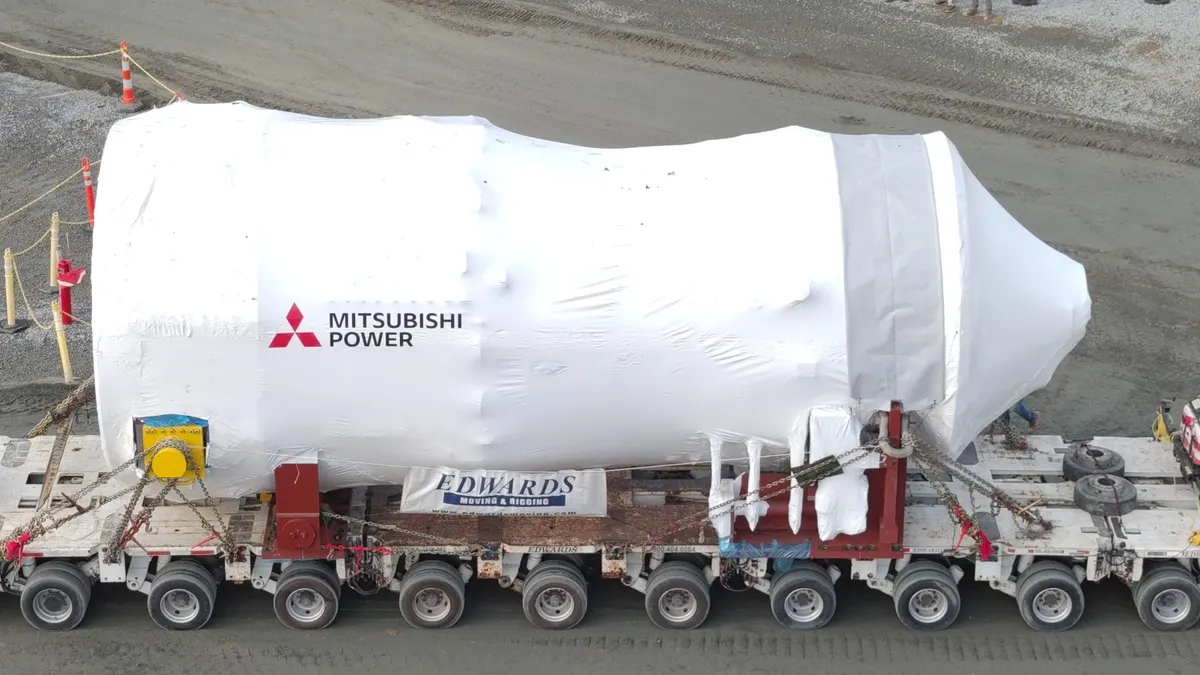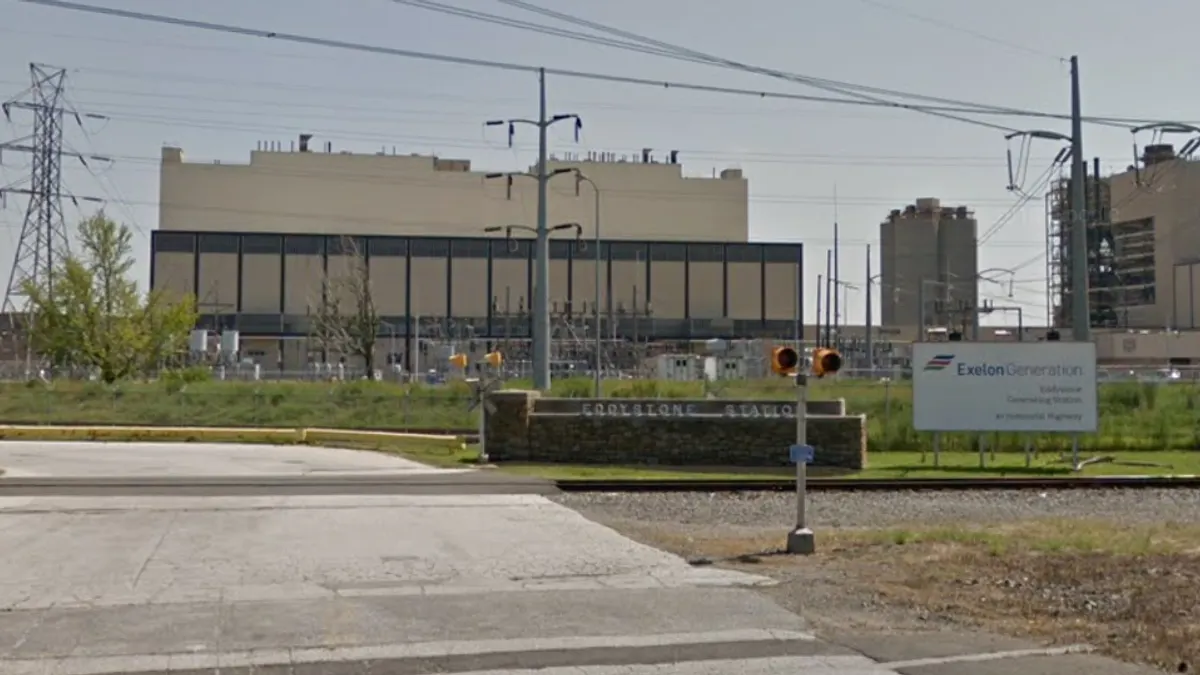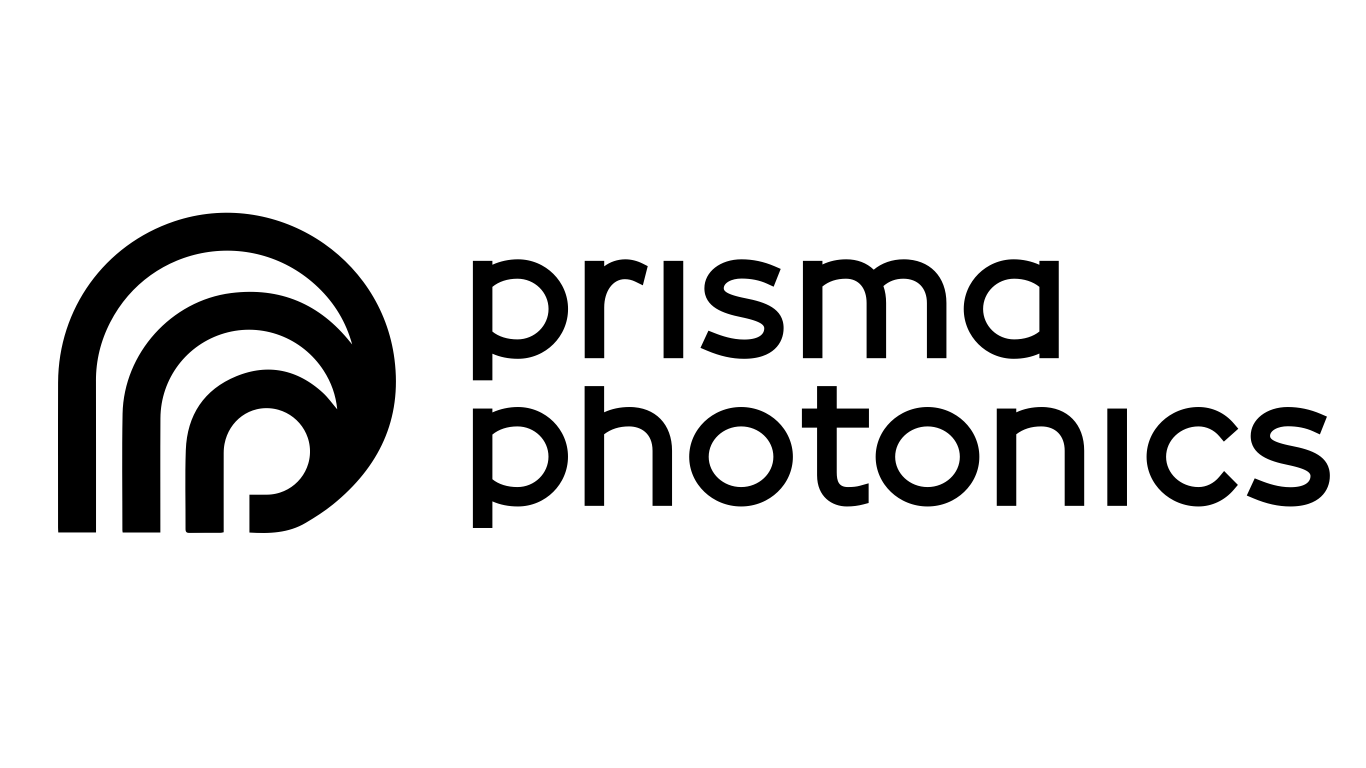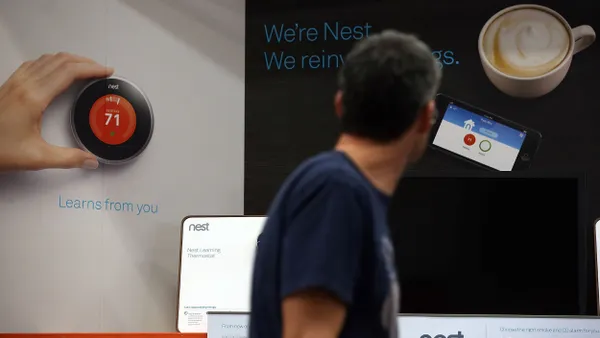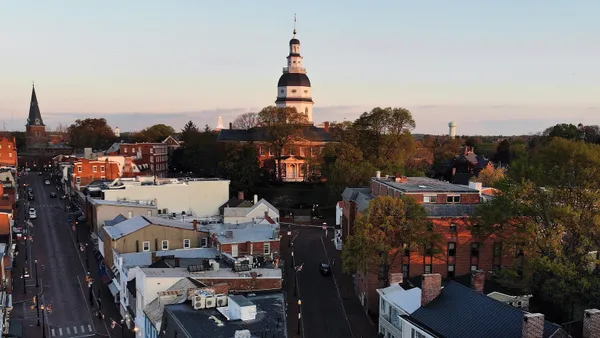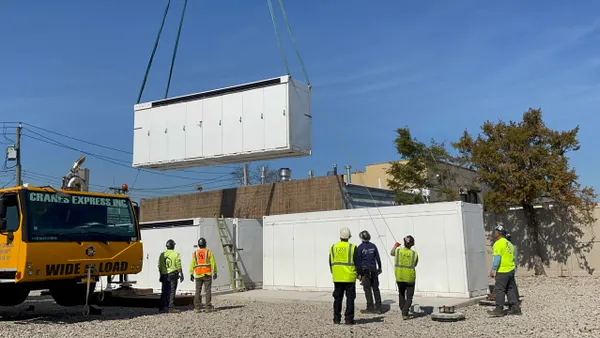Dive Brief:
- Utilities in the Midwest are increasingly turning to on-bill financing to make home energy efficiency upgrades available to a wider range of customers, including those previously unable to fund the improvements.
- Power providers in Michigan, Iowa and Minnesota are all considering new financing arrangements, reports Midwest Energy News, and Missouri has made exploring funding alternatives a part of its state energy strategy.
- Missouri's comprehensive energy plan calls for expanding the reach of energy efficiency, including developing residential programs targeting "hard-to-reach sectors."
Dive Insight:
As Midwest utilities look to expand their efficiency offerings and reach new customers, Midwest Energy News reports that on-bill financing is an increasingly popular option. The arrangements allow for upgrades to be paid for through a low-interest loan paid back at rates close to a customer's projected energy savings.
“We want to be able to reach customers who aren't already served by the normal financing mechanism,” Anne Saliers, community services manager for the Board of Public Works, the municipal utility in Holland, Michigan, told the news outlet.
The city is working with Michigan Saves to develop on-bill financing for the public utility, and hopes its efficiency upgrades can help it reach the ambitious goal of lowering home energy use by 50%.
In Missouri, the state has adopted a comprehensive energy strategy that calls for a "bill-neutral" financing program for investor-owned utilities. Such a program would "allow customers to receive upfront funding from utilities or third parties for energy efficiency improvements that is conveniently repaid to the lender on the customer’s monthly utility bill," according to the plan.
Methods that would expand the program to municipalities and cooperatives will also be considered.
The programs are broadly aimed at expanding access to home efficiency, especially in segments where the upgrades are often difficult to finance or where ownership makes the benefits uncertain. Renters, those looking to sell their homes soon and low-income residences are all segments often underserved by efficiency. But alternative financing methods could address that problem, with some proposals tying the investment to the property rather than the homeowner.
Low-income investments are tricky; a report out of Michigan earlier this year highlighted the difficulties in quantifying returns. But the homes, which are often older and lack newer appliances, offer utilities significant energy savings, potentially in the double-digit range. The study, which actually questioned the value of some specific programs, still found energy savings of up to 20% monthly.




